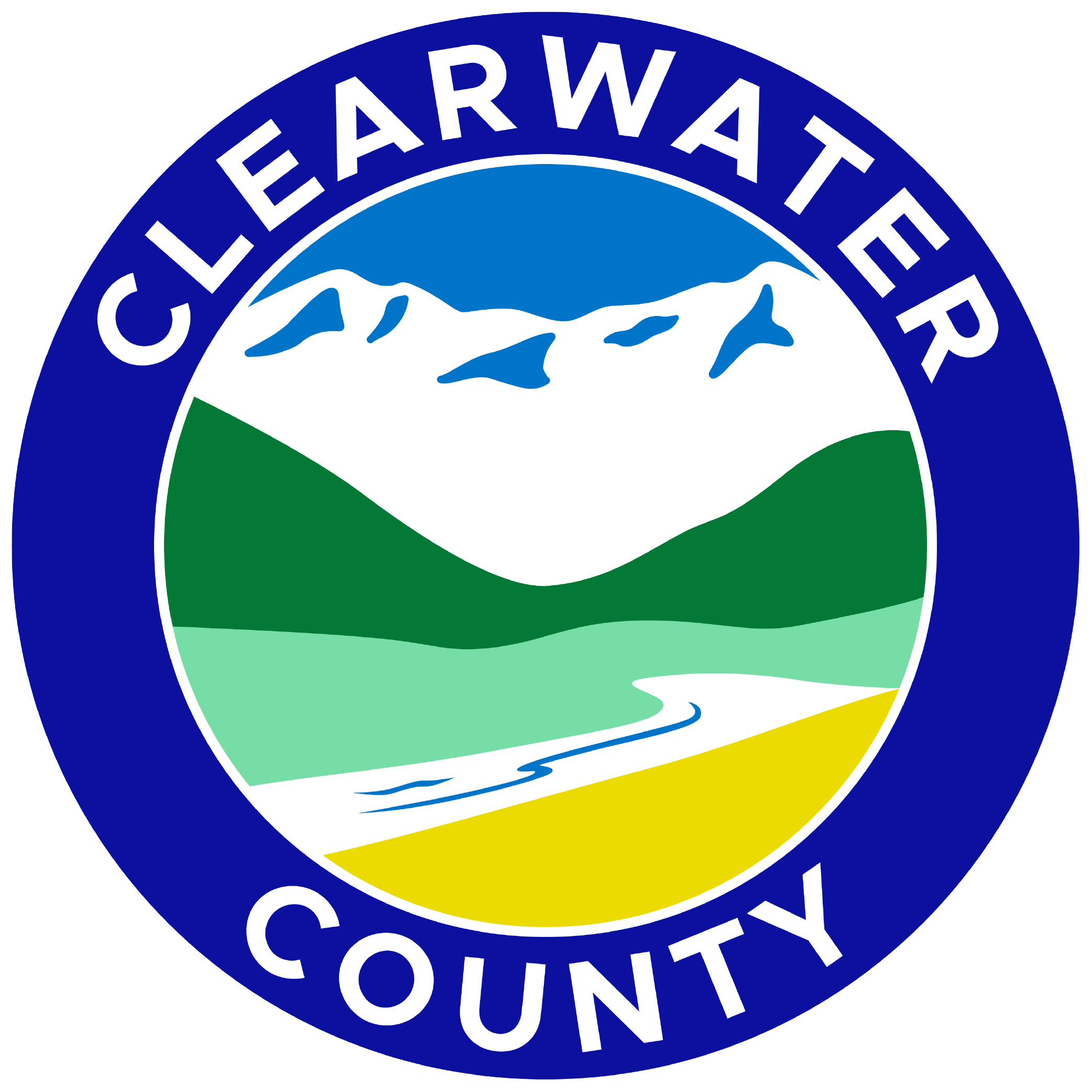
Clearwater County’s Broadband Internet Project is a multi-year initiative that aims to deliver high-speed Internet connectivity to a majority of residents and businesses in the County. High-speed Internet access has been consistently identified as an essential component of economic and social well-being by County residents. A vast majority of County residents and businesses are under-served by available Internet services, most of which fall below the Canadian Radio-television and Telecommunications Commission’s (CRTC) standards for broadband speeds.
In the County's Strategic Plan 2022-2026, the first milestone addresses building partnerships and relationships where a commitment has been made for Broadband investment under Action Item 1.3 Provincial and Federal Government Advocacy. Current and past Councils have formally recognized the goal of providing Internet accessibility to the majority of County residents and businesses. It also adopted a municipal broadband policy that provides a framework to guide the initiative. Current Council has re-committed that Clearwater County will invest in and own a high-speed internet broadband network to reduce the digital divide and provide further opportunities for economic prosperity and social well-being, for now and for generations to come.
Clearwater County’s Broadband Internet Project will have significant impacts on the lives of residents and businesses. Due to population sizes, market conditions discourage Internet Service Providers (ISP) from investing in broadband infrastructure in rural areas, including alternative routes to Internet Exchange Providers (IXP) in major cities. A municipally-owned fibreoptic network would create multiple routes to IXPs and provide interconnectivity at lower scalable prices. It would also widen the service areas of existing ISPs, encourage new entrants and foster a competitive marketplace. This often translates into higher speeds, improved services and lower prices for consumers.

